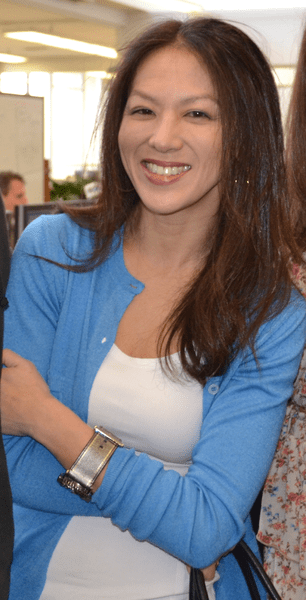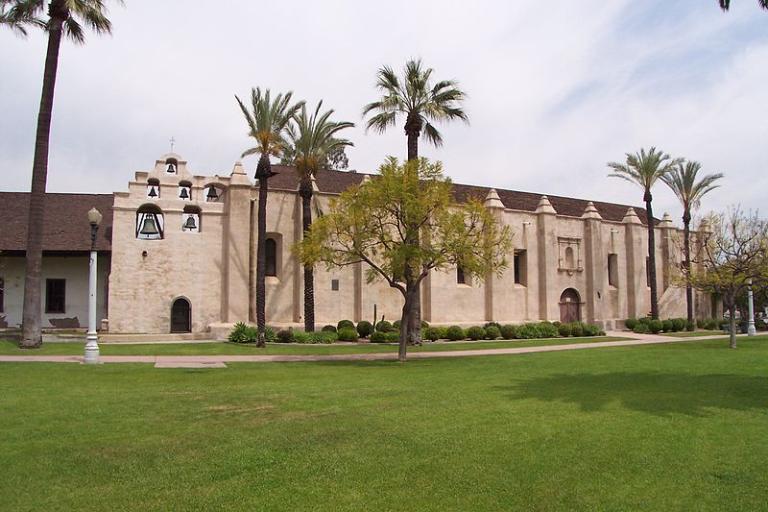
You may have heard of “tiger parenting,” of “tiger mothers” or “tiger moms” (老虎妈妈).
Do we really want to be on Amy Chua’s honors list?
Maybe so. I like aspects of what she says. But I have mixed feelings.
But I’m not sure that I can fully warm up to the idea of “Tiger Moms.”
It’s absolutely obvious, though, that there are differences between cultures, and that some of those have implications for academic and economic success. Some, in our racially charged society, apparently try to deny or ignore this, but it seems undeniable. (I stress that it’s not racial, so far as I can see, but cultural.)

(Wikimedia Commons public domain)
I grew up in a fairly monochromatic white neighborhood in southern California, specifically in the suburban Los Angeles County city of San Gabriel. There was, so far as I’m aware, one Jew at my high school. (He was the son of the local rabbi.) Many of the area Catholics attended a parochial school attached to the San Gabriel Mission, which had been founded in 1771 by Fray Angel Francisico de Sonera and Fray Pedro Benito Cambon. There were lots and lots of Hispanics at my high school (though not at my elementary school), and the whole area was trending heavily Hispanic by the time I left for college and mission and marriage and graduate school, but gringos and Mexicans tended to keep, by and large, to themselves. And, frankly, the student leadership and the honors societies at San Gabriel High School were largely, if not entirely, non-Hispanic. Suddenly, though, five or ten years after I graduated, the area turned rapidly and, soon, overwhelmingly Asian — Chinese, Korean, and Vietnamese — which it still is. And one thing that accompanied the influx of Asians was the arrival of small private schools designed to supplement what Asian parents plainly regarded as the insufficiently rigorous education at area high schools. No such schools had existed during the white Protestant ascendancy, and the surge of Hispanic population hadn’t brought them, either. But Asian influence brought them almost immediately. After regular classes were over, Chinese, Korean, and Vietnamese kids crossed the street to “Little Harvard Academy” or some such thing, for another two or three hours of mathematics and science. Their cultures’ strong emphasis on academic competitiveness was unmistakably visible — and indisputably different.










